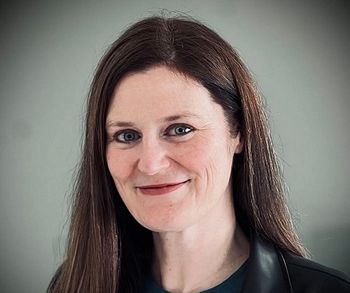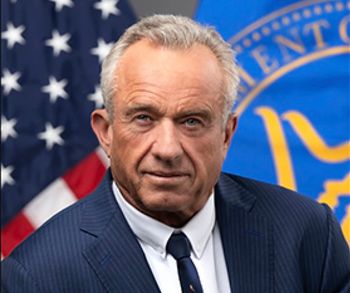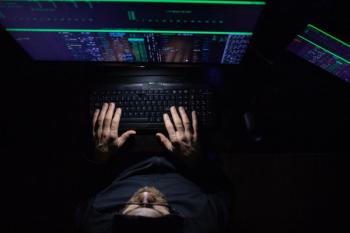
65% of Docs Prescribed More Opioids Than They Thought
But after they saw the numbers, physicians wrote fewer opioid prescriptions, a new study found.
Few healthcare providers, if any, consider themselves among the heaviest prescribers of opioids. But the reality is, the top tier includes some clinicians, whether they believe it or not.
In fact,
“Everyone showed an overall decrease in prescribing opioids,”
Over the course of the yearlong study, researchers surveyed 109 emergency medicine clinicians in 4 hospital emergency departments, gauging their estimated opioid prescribing rates compared to their peers, according to the study. The providers discharged nearly 120,000 patients, penning more than 75,000 prescriptions, with opioids accounting for more than 15,000, or 20%, according to the findings.
>>Read our latest cover story,
Then, 51 of the clinicians were randomly selected to undergo an intervention in which they were told their true prescribing rates and those of their colleagues. Six months after participants with inaccurate self-perceptions saw their actual data, they wrote 2.1 fewer opioid prescriptions per 100 patients and 2.2 fewer following 1 year, Michael noted.
“Thus an intervention to identify and unmask inaccurate self-perception—and correct that perception using a provider’s actual data—appears to have enabled more robust behavior change for a subset of providers who may have otherwise had difficulty internalizing the need to change,” the researchers noted. “Our findings suggest that guideline and policy interventions should directly address the potential barrier of inaccurate provider self‐awareness.”
The disconnect between physicians and their perceived prescribing habits isn’t shocking to everyone. Experts working for various kinds of healthcare companies, like insurers, told Healthcare Analytics News™ that they have performed
This study also gets at a larger issue clouding the intersection of medicine and technology:
Emergency department physicians write only 5 to 10% of the country’s opioid prescriptions, a number that indicates the self-awareness problem is more widespread, Michael said.
Get the best insights in healthcare analytics
Related






































